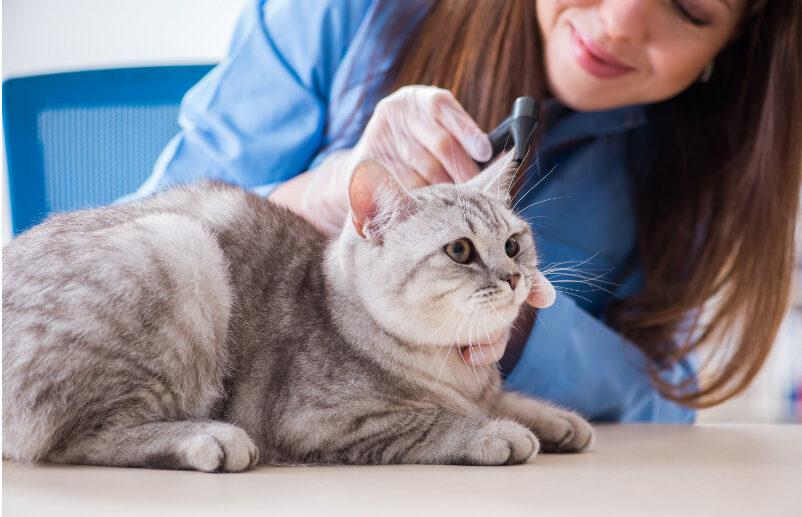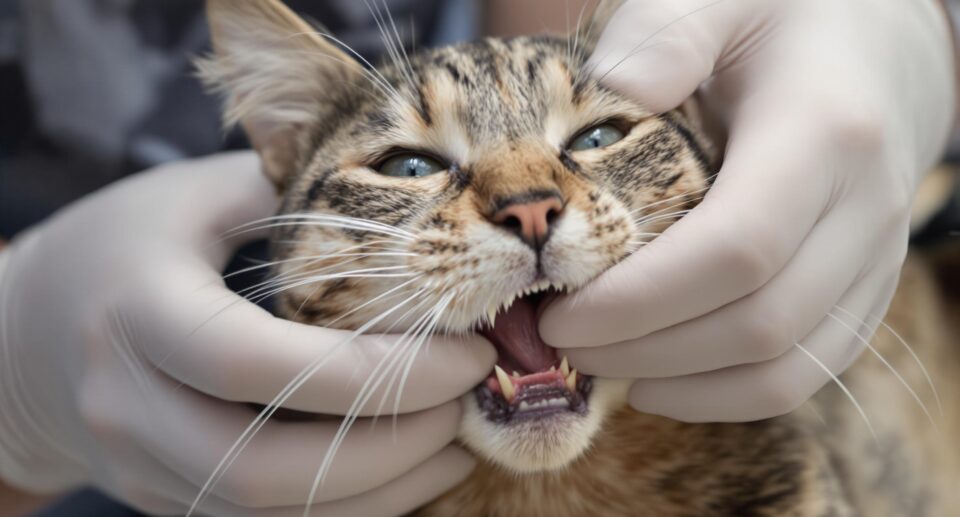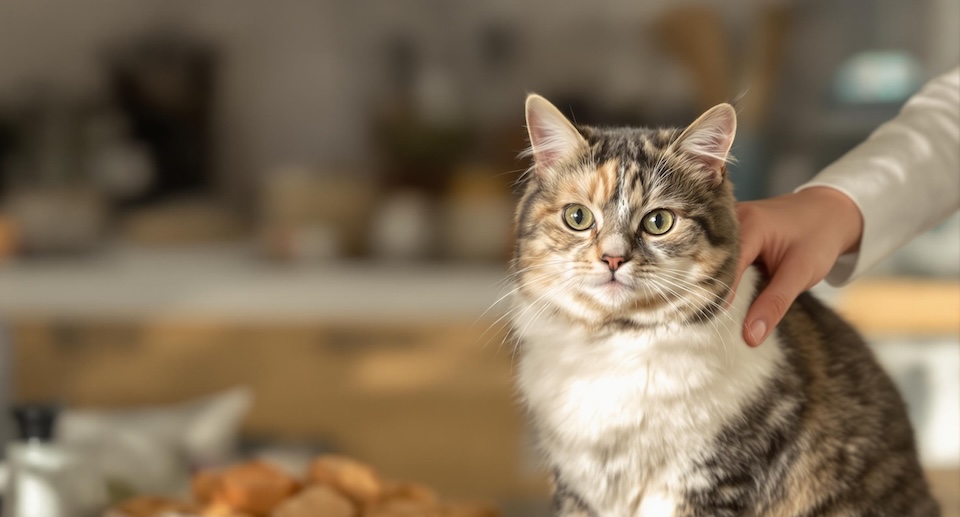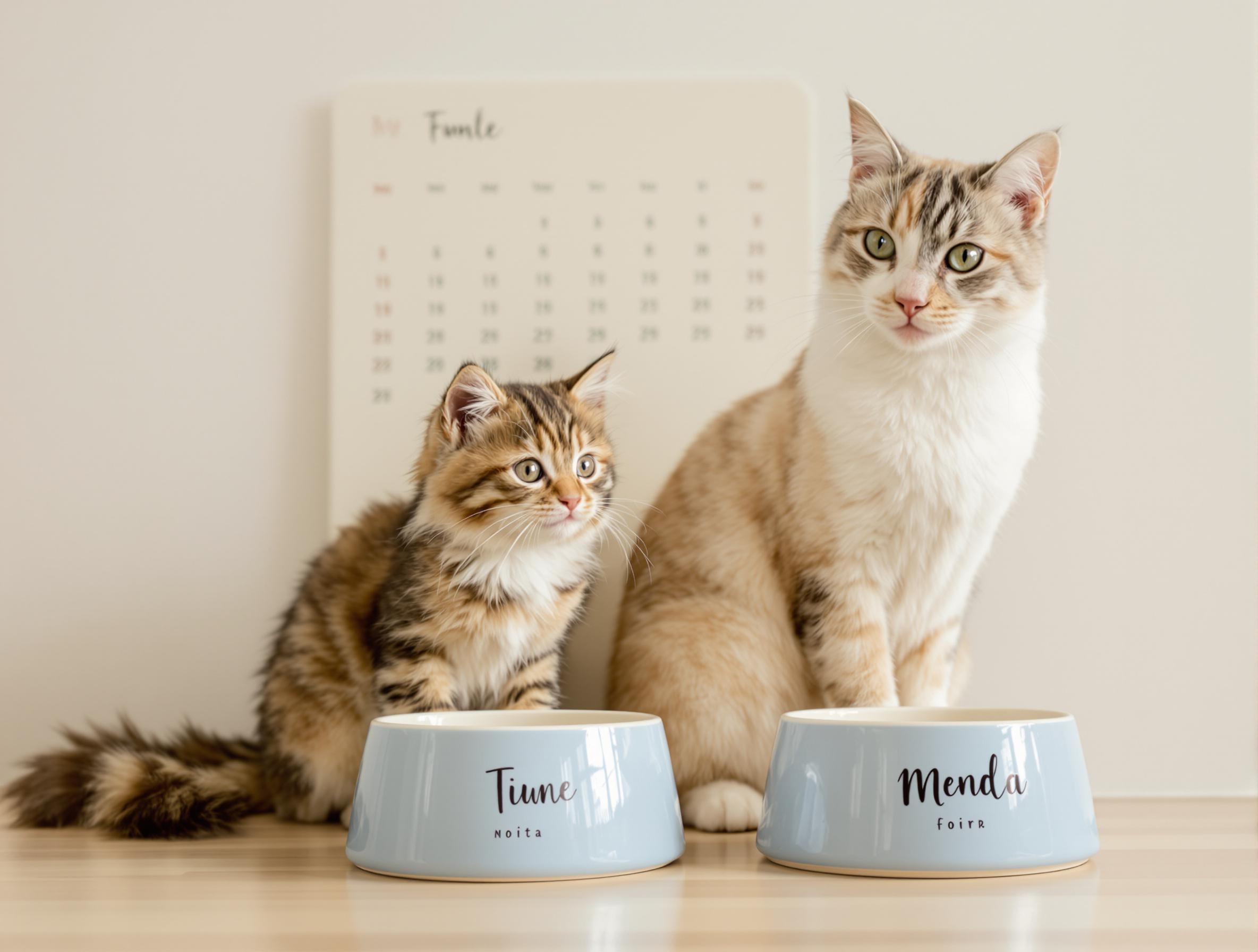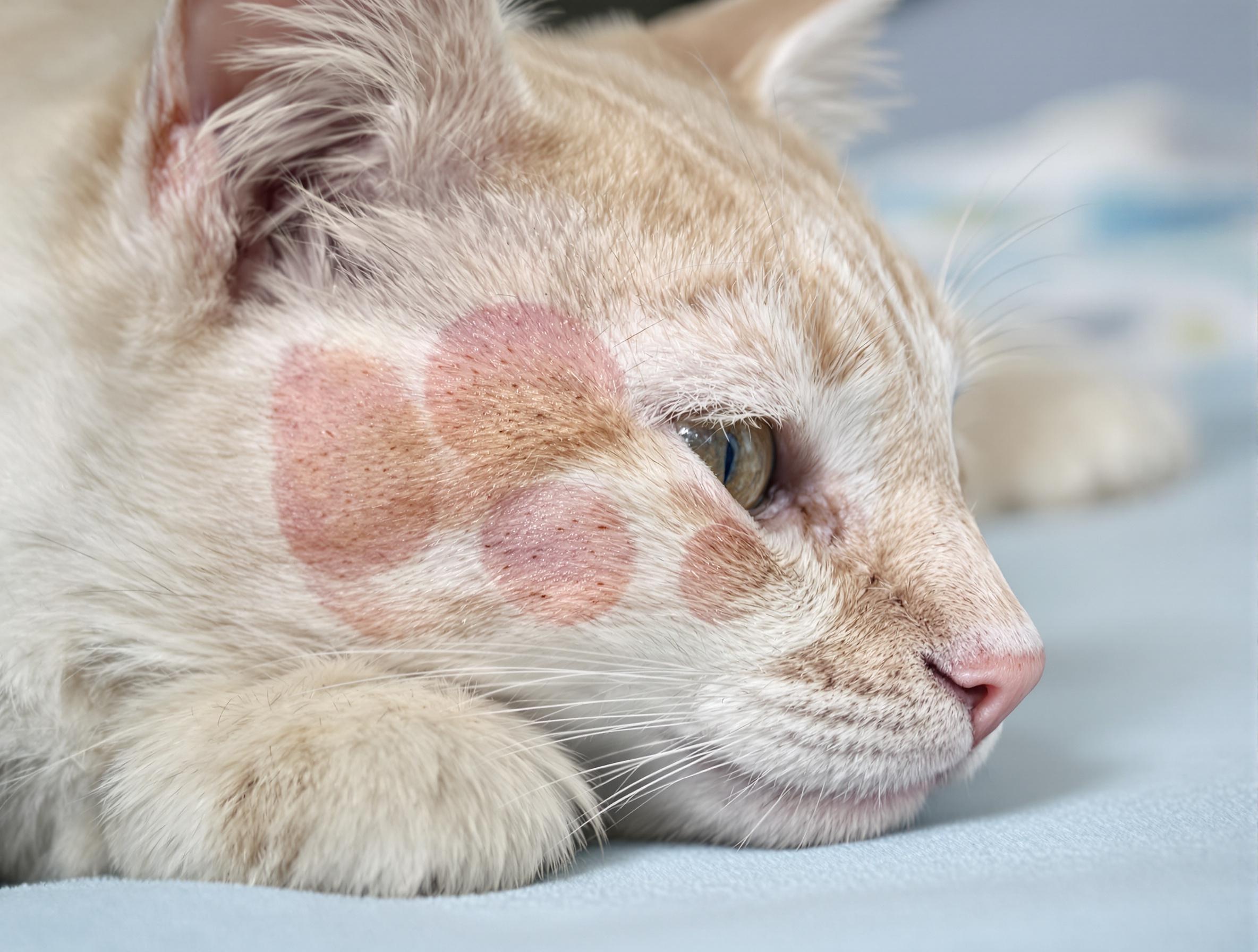What is Feline Stomatitis?
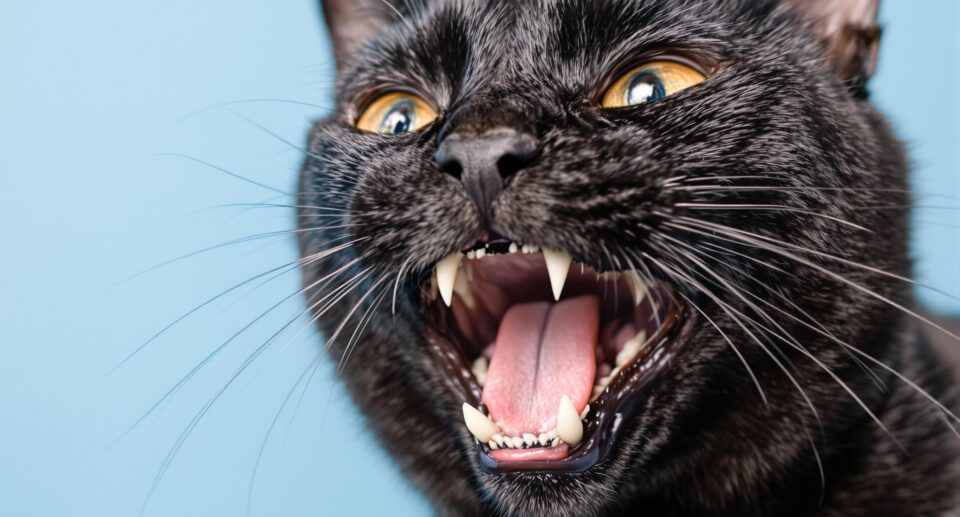
If you’ve ever had a canker sore, you likely remember how painful it was to talk, eat, and drink. In cats with feline stomatitis, the entire mouth is taken over by sores or ulcers. In honor of National Pet Dental Health Month, learn about the signs, possible causes, and treatment of this painful condition.
What Causes Feline Stomatitis in Cats?
Feline stomatitis, also known as Feline Chronic Gingivostomatitis (FCGS), affects as many as 4% of all cats. It typically begins to manifest as mild gum inflammation, easily mistaken for gingivitis, in adult cats. However, it can appear in cats as young as five months old, soon after their adult teeth have come in.
It’s still not known why some cats develop this condition and others do not. What we do know is that feline stomatitis an autoimmune disorder, in which ulcers appear where the body’s white blood cells attack healthy oral tissue. It’s suspected that feline stomatitis is an allergic reaction to plaque or the cat’s own enamel. The only known effective long-term treatment is a partial or complete dental extraction, in which the molars or all teeth are surgically removed.
Cats with a compromised immune system, sometimes due to calicivirus, FIV or FeLV may be more prone to developing stomatitis, but not all will test positive for a virus. It also may be linked to hormonal conditions or nutritional deficiencies.
Research studies suggest an increased risk of stomatitis in cats that live in multi-cat homes, those with advanced gum disease, and potentially, those that experience a lot of stress. Brushing your cat’s teeth may help prevent stomatitis due to gum disease, though it’s sometimes seen even in kittens and those otherwise without signs of poor dental hygiene.
Symptoms of Feline Stomatitis
Sores on the gums, back of mouth, and tongue can make it painful for cats to chew, swallow, groom themselves, and even close their mouth. While most cats tend to hide signs of pain, you might notice changes to the appearance of their oral tissue, or changes in their appetite or behavior.
- Pawing at mouth
- Drooling
- No longer grooming
- Personality changes
- Bleeding or bloody saliva
- Red, inflamed ulcers on the gums, tongue, and lining of cheeks and mouth
- Difficulty eating or refusing to eat
How is Feline Stomatitis Diagnosed and Treated?
If you suspect your cat may have feline stomatitis, your veterinarian can conduct an oral exam to look for bright red, inflamed lesions, especially affecting the lining of the mouth, which can determine that it’s unrelated to gum disease.
In about two-thirds of affected cats, there’s complete symptom relief after most or all of the teeth are extracted. Though this measure may seem extreme, the majority of cats are pain-free once they recover from the surgery, and the ulcers never come back.
In cats that still develop ulcers, even after a complete extraction, it’s possible to manage symptoms with anti-inflammatory medication, pain management, and antibiotics, as needed, to control any secondary oral infections.
VISION
Every pet deserves to live a long, happy, healthy life.

